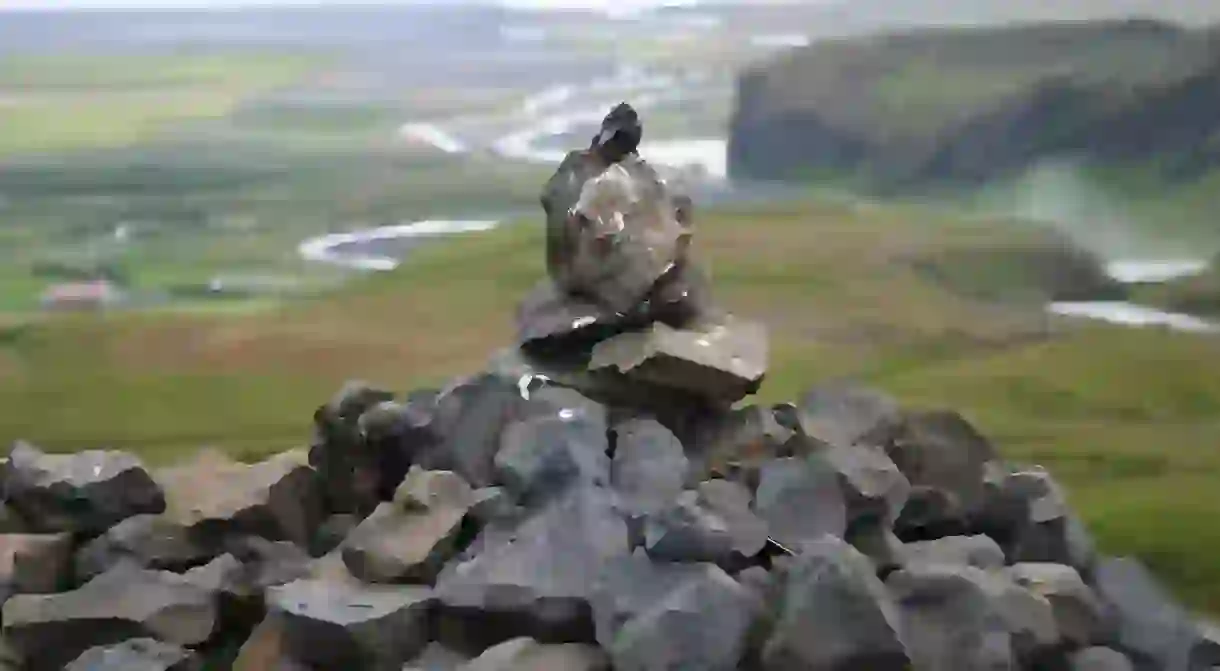How Locals Are Reacting to Iceland's Increasing Tourism

Iceland is an increasingly popular tourist destination, and with so many interesting cultural attractions, such as museums and galleries, delicious restaurants, and breathtaking scenery, it comes as no surprise. However, with this increasing stream of tourists and infrastructure straining to keep up with the steady flow, there have been a few instances in which tourists and locals have clashed.
While it is true that Reykjavik only has seven public toilets, it is easy to find a loo, such as at your hotel or at a café. In the countryside, however, this is raising the ire of locals, as tourists are seemingly unaware of where they are choosing to do their business. In some cases it’s residential properties and, in one case, a kindergarten teacher arrived at work to find that tourists had left toilet paper on the school lawn. This has been an infrastructure problem for the past few years, with car rental companies suggesting tourists drive around the country in a rental van they also sleep in, and therefore leaving toilet paper litter wherever they park for the night.

Other incidences of locals clashing with tourists occur when rules regarding camping sites are unclear. To avoid any issues, check with the Environmental Agency website for regulations on camping. In East Iceland, RV campers have been parking overnight in public places, as well as private properties, much to the annoyance of locals.
Perhaps the Vikingification suggested by the Icelandic tourism industry pushes the idea that Iceland is a place where normal rules don’t apply and you can “go wild” like 21st-century Vikings of some sort, but this is not beneficial for locals or tourists. While there is such a thing as travel-brain – where you are on a vacation and therefore less prone to critical thinking – speaking out about the problem could remind tourists of what not to do when they find themselves in a certain situation.
In another instance, locals have had tourists knock on their door asking for a place to sleep for the night. While this is understandable in an emergency or in the event of extreme weather, this is definitely not a custom.

Environmental vandalism has been another devastating result of increased tourism, and is mostly a result of misinformation about the delicacy of Icelandic nature. Instances of writing messages in the moss by picking clumps out are leaving eyesore patches that will take decades to grow back. There are also many tourists who drive off-road, leaving ugly tracks in the moss and volcanic sand, which will stay in such a state for a long time. This is further impacted by the tendency of others to follow such tracks.
In recent years, the trend of building rock cairns has also increased. While this is definitely welcomed in designated places where heavy fog is common, and a cairn signaling the path between mountain bends could help a hiker find their way, these rock cairns are not appreciated everywhere. Farmers have been upset that once-green fields with a few scattered rocks turn into mud fields with cairns piled high all over the place.

These cases, of course, do not reflect the tendency of all tourists, but they reflect badly on tourism in general. Iceland appreciates its tourists, have no doubt. The boom has helped the country get out of recession, as well as increased cultural and artistic activity. Hopefully, by speaking up about the problem and letting tourists know what is okay and what is not, a continued respect and appreciation can continue to exist between locals and tourists – this, of course, goes for interactions between tourists and locals all over the world.













